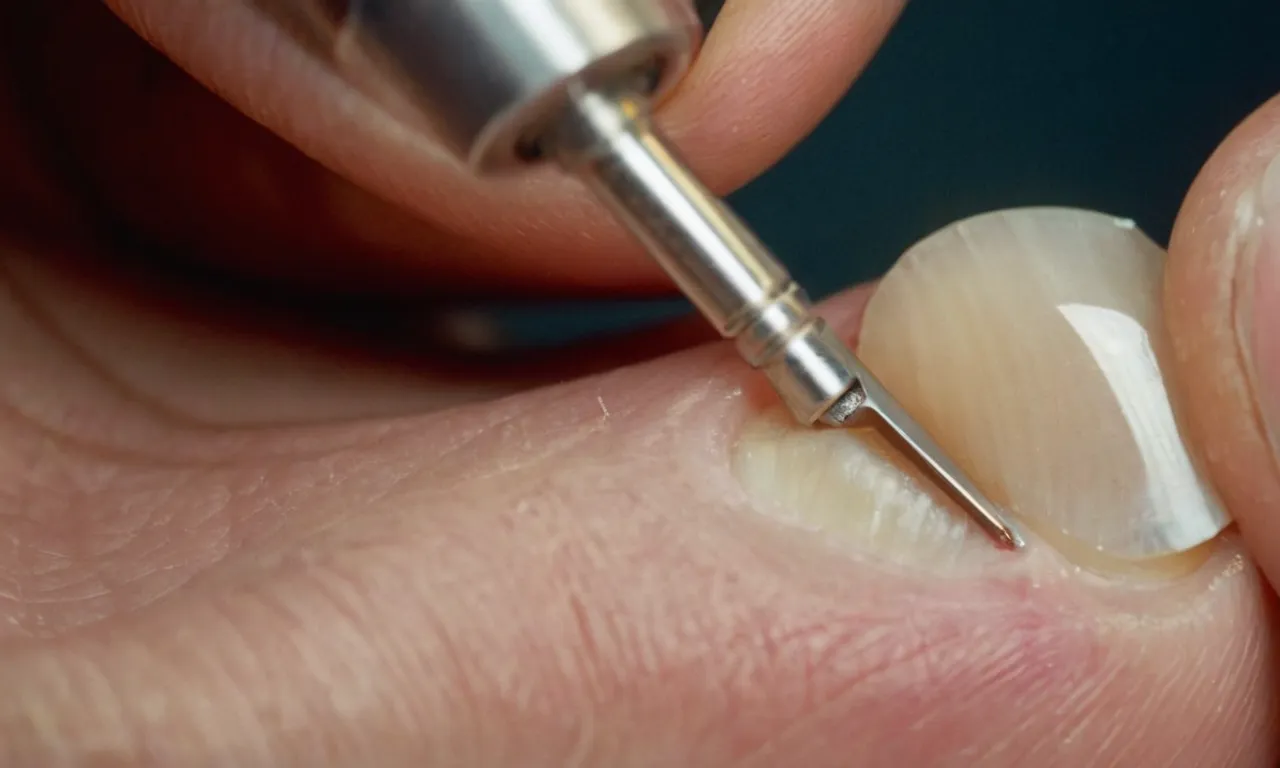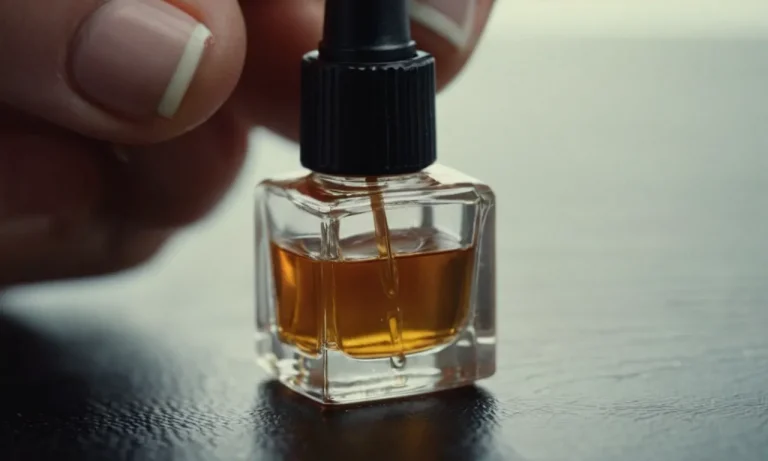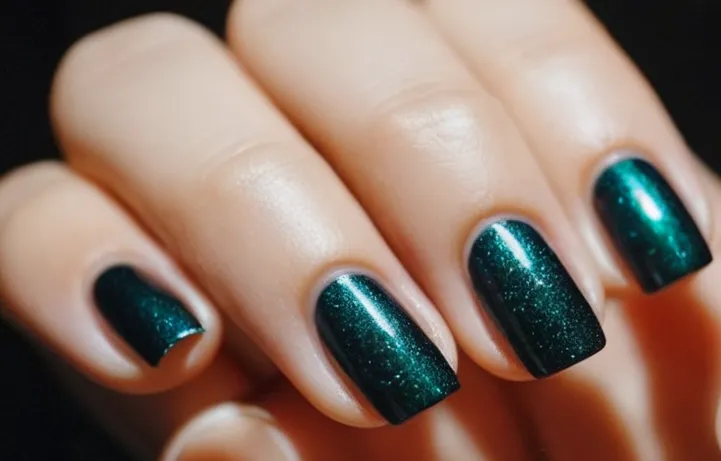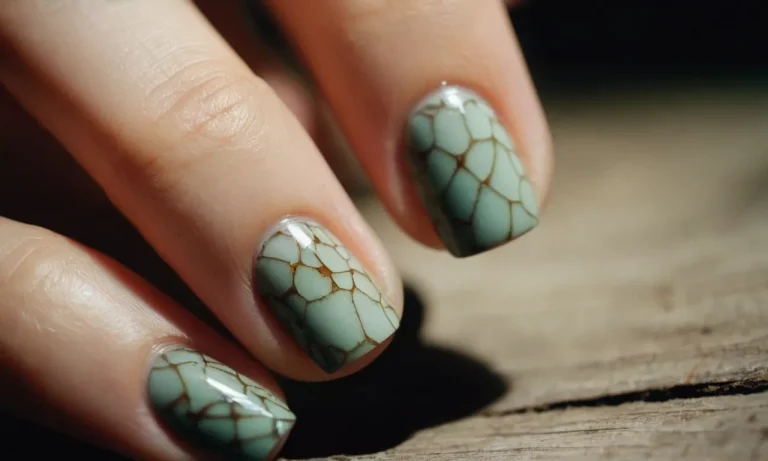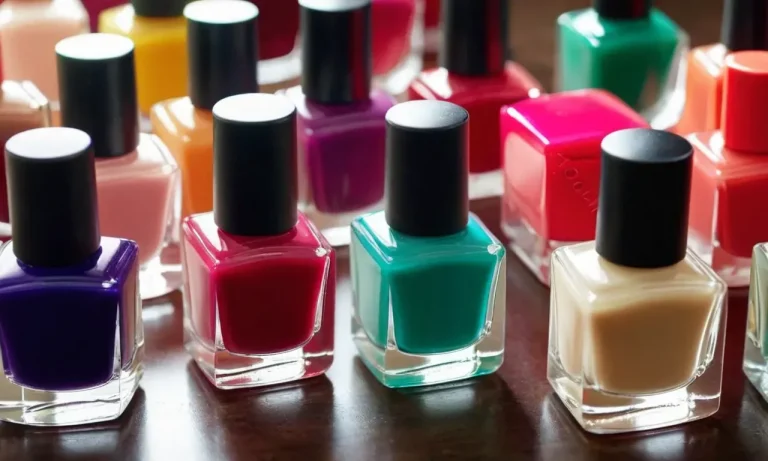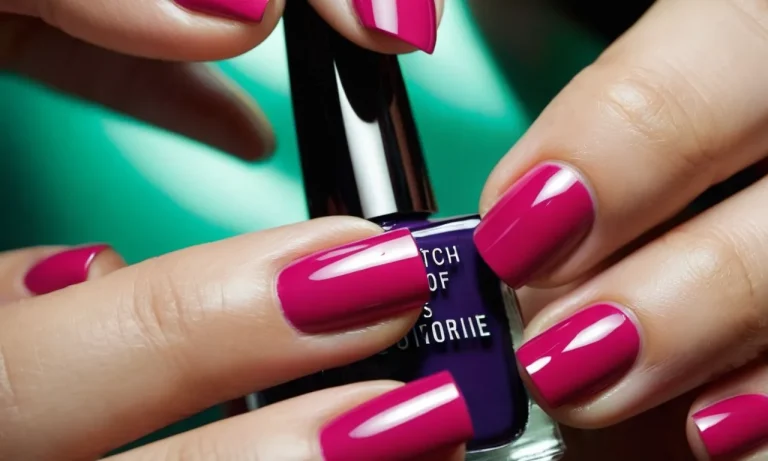How To Fix An Ingrown Toenail: A Step-By-Step Guide
Dealing with an ingrown toenail can be extremely painful and frustrating. If left untreated, it can lead to infection and other complications. The good news is that you can take steps to relieve pain and fix an ingrown toenail at home.
If you’re short on time, here’s a quick answer to your question: Soak your foot in warm water, then gently lift the side of the toenail growing into the skin using a sterile needle or tweezers. Apply antibiotic ointment and bandage the toe to keep it protected as it heals.
See a podiatrist for severe cases.
In this comprehensive guide, we’ll cover the causes, symptoms, home remedies, medical treatments, and prevention tips for ingrown toenails. With the right information and care, you can get relief and restore your toenail to normal.
What Causes Ingrown Toenails?
Improperly trimmed nails
One of the most common causes of ingrown toenails is improperly trimming the nails. Cutting the nails too short or rounding off the edges encourages the nail to grow into the skin. Properly trimming straight across the nail can help prevent this.
Heredity
Some people are simply prone to ingrown toenails due to heredity factors. If other family members have dealt with ingrown toenails, you may be genetically predisposed as well. Consulting a podiatrist can help manage chronic ingrown toenails caused by heredity.
Poor foot structure
Those with unusually shaped nail folds or abnormally curved or thick nails are at higher risk for ingrown toenails. Bunions, hammertoes, or other foot deformities can encourage nail growth into the skin. Custom orthotics may improve foot structure issues.
Injury or trauma
Injuries to the nail or toe can lead to ingrown toenails. Dropping something on your toe, stubbing your toe, or participating in impact sports can damage nails and surrounding skin. Preventing further injury can allow proper healing.
Improper footwear
Wearing tight, narrow, or improperly sized shoes or socks can put pressure on toes and contribute to ingrown toenails over time. Ensuring proper fit and width in footwear reduces compression against the nails. Thick, cushioned socks can also help.
Symptoms of an Ingrown Toenail
Swelling, redness, and tenderness along the side of the nail
One of the most common symptoms of an ingrown toenail is swelling, redness, and tenderness along the side of the affected nail. As the nail grows into the skin, it causes irritation and inflammation. This leads to painful swelling and redness along the nail border.
Even light pressure on the side of the nail can cause significant discomfort.
Pain when pressure is applied to the side of the nail
Ingrown toenails usually cause pain when pressure is applied to the side of the affected nail. Wearing tight shoes or accidentally bumping the toe can trigger sudden pain. Over time, the constant pressure and friction from the nail digging into the skin can lead to worsening pain even at rest.
Pus drainage from the side of the nail
As the skin next to the ingrown nail becomes increasingly irritated, the area may begin to ooze pus. Yellow or white drainage is a sign of infection. Bacteria can easily enter through the broken skin and set up an infection characterized by throbbing pain, redness, heat, and pus.
Difficulty wearing shoes
The pain and swelling caused by an ingrown toenail often makes wearing closed toe shoes challenging. Any pressure on the affected side of the nail typically worsens discomfort. Attempting to wear shoes can be excruciating enough that walking is impaired.
In severe cases, victims are rendered housebound or wheelchair/scooter dependent until the problem is corrected.
Home Remedies for Ingrown Toenails
Soak the foot in warm water
One of the easiest and most effective home remedies for ingrown toenails is to soak the affected foot in warm water. The warm water helps soften the skin around the nail and reduces swelling and inflammation. Here are some tips for an effective foot soak:
- Fill a basin with warm water – not too hot! The water should be a comfortable temperature.
- Add Epsom salt to the water, about 1/2 cup. The magnesium in the Epsom salt helps reduce swelling and pain.
- You can also add a few drops of tea tree oil to the water. Tea tree oil has anti-inflammatory and antimicrobial properties.
- Soak the affected foot for 15-20 minutes. Do this 2-3 times a day.
The foot soak will help relax the skin and allow the toenail to grow out naturally. Just be sure to thoroughly dry your feet afterwards to prevent fungal infections.
Lift the corner of the nail
Lifting the corner of the ingrown nail can provide relief by releasing the pressure. Here’s how to safely do it at home:
- Wash your hands and sterilize a pair of tweezers with rubbing alcohol.
- Identify the area where the nail is growing into the skin. You may see redness or swelling.
- Gently work the tweezers under the nail corner and lift it so it is no longer piercing the skin.
- Be very careful not to dig too deep and avoid bleeding.
- If able, slide a tiny piece of moistened cotton under the nail corner to keep it lifted.
This should provide some immediate relief. Keep monitoring the area and repeat as needed. If you have diabetes or poor circulation, it’s best to see a podiatrist for this step.
Apply antibiotic ointment
After soaking and lifting the nail, apply some antibiotic ointment like Neosporin to the area where the skin is affected. The ointment helps prevent infection and encourages healing. Reapply daily after soaking. Look for ointment that contains pain-relieving ingredients like lidocaine as well.
Wedge cotton under the nail
Placing a small piece of cotton under the corner of the ingrown nail can help relieve pain and lift the nail up. Be sure to wedge it into the area where the nail is growing into the skin. Change the cotton daily and always wash hands before handling the area.
This helps keep the nail lifted while the skin heals.
Take over-the-counter pain relievers
Ingrown toenails can be quite painful. Taking an oral over-the-counter pain medicine like acetaminophen, ibuprofen or naproxen sodium can help provide relief. Follow dosage instructions on the bottle. This will make walking around and wearing shoes much more comfortable while the ingrown nail grows out.
Trying these simple at-home remedies can often clear up an ingrown toenail. But if the problem persists, it’s best to see a podiatrist. The doctor can numb the area and safely trim away the part of the nail growing into the skin. This provides instant relief.
In severe cases, partial nail removal may be done. If home care doesn’t bring improvement in a few days, don’t delay in seeking medical treatment.
Medical Treatments for Severe Cases
Ingrown toenails that do not respond to at-home treatments may require medical intervention. Here are some of the common medical treatments used for severe ingrown toenail cases:
Prescription Antibiotic Drugs
If an infection is present, doctors may prescribe oral antibiotic medications to treat the bacterial infection and reduce inflammation. Commonly prescribed antibiotics for ingrown toenails include Augmentin, Keflex, and Macrobid.
Taking the full antibiotic course as directed is important, even if symptoms improve, to completely eliminate the infection.
Partial Nail Removal
This minor procedure trims off the side of the nail that is growing into the skin. The doctor will apply a tourniquet to the base of the toe to temporarily cut off blood flow. Then, using a scalpel or laser, they will remove the ingrown portion of the toenail and kill part of the nail matrix (root) to prevent that side from growing back.
This helps relieve pain and discomfort in the area.
Complete Nail Removal
For severe or recurring cases, the entire toenail may be removed through a procedure known as a total nail avulsion. After numbing the toe with local anesthesia, the doctor will use pliers or a scalpel to completely extract the nail, including the root.
This prevents the ingrown nail from growing back, but it will leave the toe permanently nail-less unless an artificial nail is placed.
Surgery to Permanently Prevent Ingrowth
For those who have chronic ingrown toenail issues, a permanent surgical solution may be considered. This is done as an outpatient procedure under local anesthesia. The surgeon will remove part of the nail bed and use a chemical, electrosurgery, or laser to destroy the nail matrix cells so nails cannot regrow.
Recovery takes 2-4 weeks, and often results in a slightly narrower-looking toe.
In severe cases where infection has spread or serious damage has occurred, more invasive surgery may be done to remove infected or dead tissue (debridement) or reconstruct the nail bed. This requires longer recovery times.
Consulting a podiatrist is recommended if at-home remedies are not resolving an ingrown toenail. They can determine the best medical treatment option based on the severity of the condition. With professional treatment, most ingrown toenails can be successfully cured or managed for the long term.
Prevention Tips
Trim nails straight across
One of the best ways to prevent ingrown toenails is to properly trim your nails. Cutting your nails straight across, rather than curved or rounded, helps prevent the edges from digging into the skin and causing irritation. Make sure to trim them regularly to avoid letting them get too long.
The best practice is to trim nails once they extend past the tip of your toe.
Avoid rounding nail corners
Similarly, you’ll want to avoid rounding or curving the corners of your nails when trimming. The rounded edges are more likely to dig into the skin and become ingrown. Keep the corners square and straight by cutting them horizontally across.
Wear proper fitting shoes
Ill-fitting shoes that rub against your toes or put too much pressure on your nails can worsen ingrown toenails. Shoes that are too tight or narrow can force your nail edges into the skin. Instead, wear properly sized shoes with a wide or square toe box.
Avoid heels over 2 inches, which shift too much body weight onto the toes. Give your feet plenty of room to spread out comfortably.
See a podiatrist for problem nails
Some people may be prone to chronic ingrown nails due to the shape of their nails or toes. If you have recurring ingrown toenails, it’s a good idea to see a podiatrist. A podiatrist can properly trim and shape your nails to help prevent future ingrowth.
For severe or recurring cases, they may recommend minor outpatient procedures to permanently prevent ingrown nails.
Visiting a podiatrist periodically can help catch problem nails early before they become painful ingrown nails. Be sure to see your podiatrist promptly if you notice redness, swelling, or pain around the edges of your nails. Early treatment leads to better outcomes.
Conclusion
Ingrown toenails can cause a lot of discomfort, but are usually manageable at home with proper care. Soak the nail, gently lift it from the skin, keep it bandaged, and allow it time to heal. For severe or recurring cases, see a foot doctor for medical treatments like partial nail removal or antibiotics.
With vigilance about nail trimming technique and footwear, you can help prevent future ingrown toenails.
We hope this comprehensive guide gives you the information you need to find relief from your ingrown toenail. With patience and persistence, you can get your nail growing normally again and enjoy pain-free feet.

